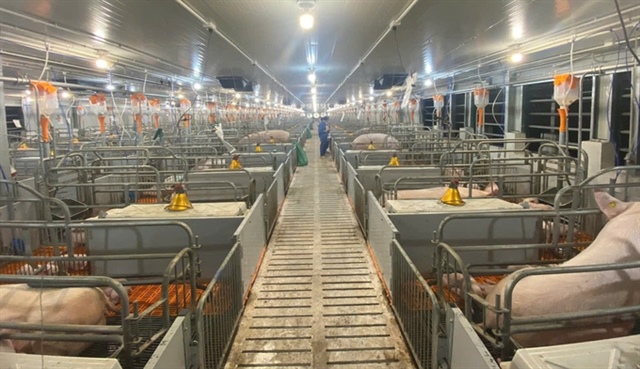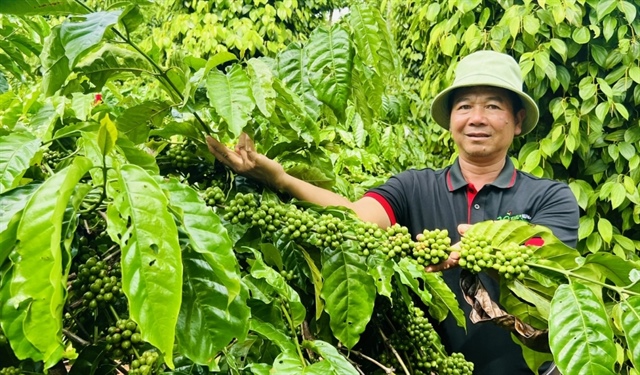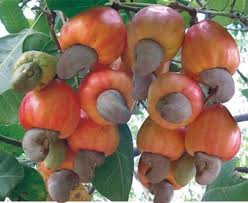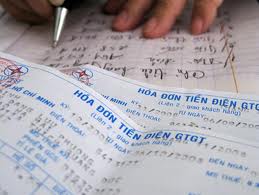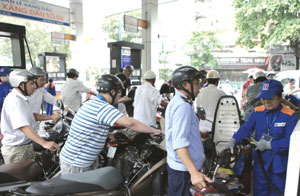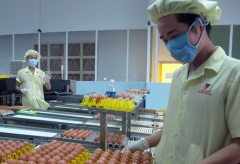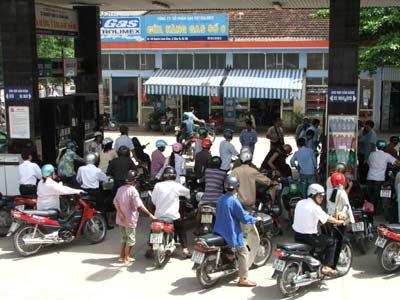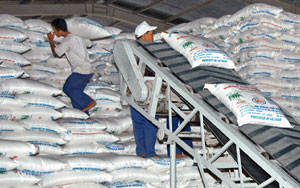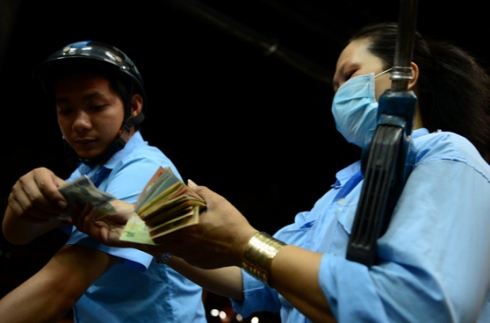Pipeline increases gas output
Pipeline increases gas output
Gas exploitation through the Nam Con Son Gas Pipeline is expected to reach 6.2 billion cu.m by the end of this year, according to general director of the Nam Con Son Gas Pipeline Hoang Minh.
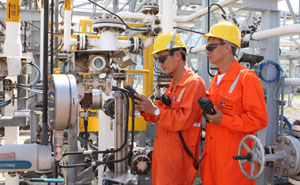
During its 10 years of operation, about 45.1 billion cu.m of gas traveled through this gas system, Minh said.
Nam Con Son Gas Pipeline, the first gas project in Viet Nam, came into operation in early 2003 to transport natural gas from Blocks 06.1, 11.2 and 12W in the Nam Con Son basin to the Dinh Co Gas Processing Plant (Nam Con Son Terminal) in southern Ba Ria - Vung Tau Province.
Dry gas from this terminal then travels through pipelines to Phu My Gas Distribution Centre, from where gas is distributed to power plants and other gas consumers, while gas condensate is transported to the Thi Vai terminal for domestic consumption or export.
The current maximum capacity of the pipeline is about 21 million cu.m per day, a significant increase from its initial capacity of just over 10 million cu.m per day.
Gas from two new blocks, 05.2 and 05.3 (Hai Thach and Moc Tinh fields), is expected to be delivered to shore from the third quarter of next year.
"The more gas we receive, the more difficult it is to stop the flow," Minh said, emphasising the importance of keeping gas flowing continuously.
The Nam Con Son Gas Pipeline (NCSP) contributed 30-35 per cent of the country's total power supply, Minh said.
He said if the gas processing plant were forced to shut down and power plants had to use oil to generate energy, costs would go up VND400 billion (US$19 million).
He also said the Government planned to build a $1.3 billion pipeline, Nam Con Son-2, if consumer demand grew substantially.
NCSP is currently owned by PetroVietnam (51 per cent), TNK Viet Nam (32.67 per cent) and Conoco Phillips (16.33 per cent). TNK Viet Nam took over assets of BP in Viet Nam and has been involved in oil and gas exploration and production in Viet Nam from October 2010.
Satisfactory deal
TNK Viet Nam is part of the TNK-BP group, Russia's third-largest oil company, which is equally owned by the UK company BP and the AAR consortium (Alfa Group, Access Industries and Renova).
In addition to BP's 32.67 per cent stake in the NCSP, TNK-BP acquired an additional 35 per cent stake from BP in Block 06.1 and became its sole operator.
Of all the gas fields that currently supply the pipeline, the major one is Block 06.1 (consisting of Lan Tay and Lan Do gas fields), with a production capacity of about 4.7 billion cu.m per annum.
The two fields have combined reserves of 58 million cu.m. While Lan Tay received its first gas in November 2002 and currently supplies about 15 million cu.m of gas a day, Lan Do received its first gas this October. With a daily exploitation of over 5 million cu.m, Lan Do is expected to offset Lan Tay's production decline.
"We're satisfied with the buyout of BP's assets in Viet Nam, not only because we have inherited its assets (human resources and technology), but also because the move will help us access business opportunities in Viet Nam," said Hugh J McIntosh, TNK Viet Nam's president and general director.
McIntosh said TNK Viet Nam was looking at opportunities within the basin and in other areas, not only in gas but also in the oil business. He said the company was in negotiations with other partners but refused to disclose further information.
vietnamnews


